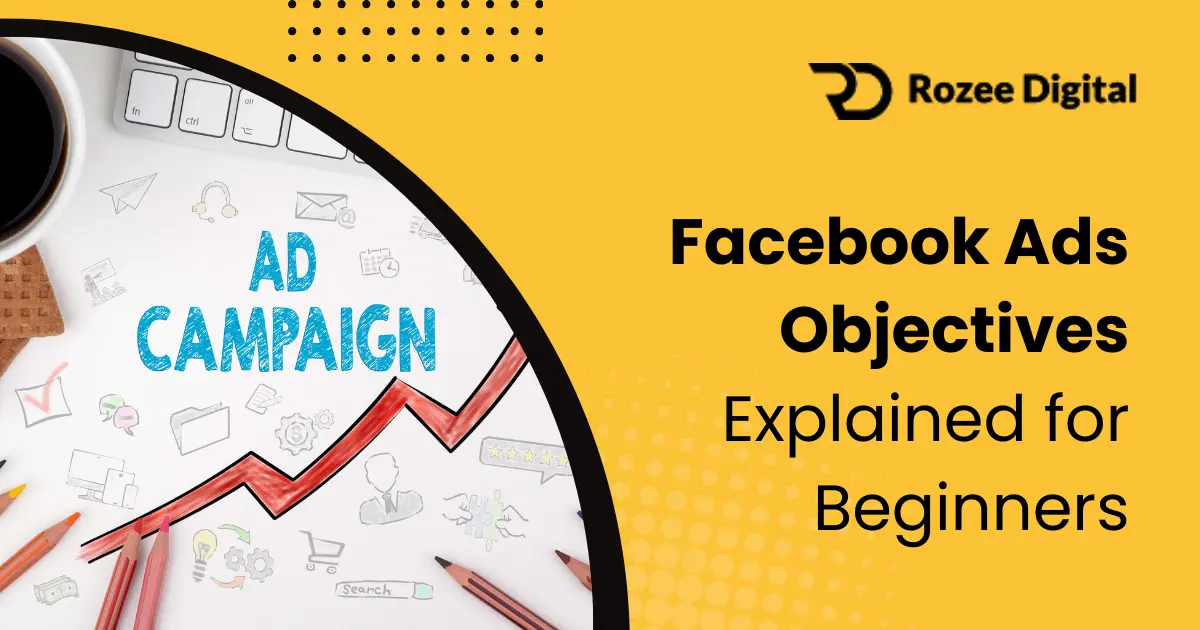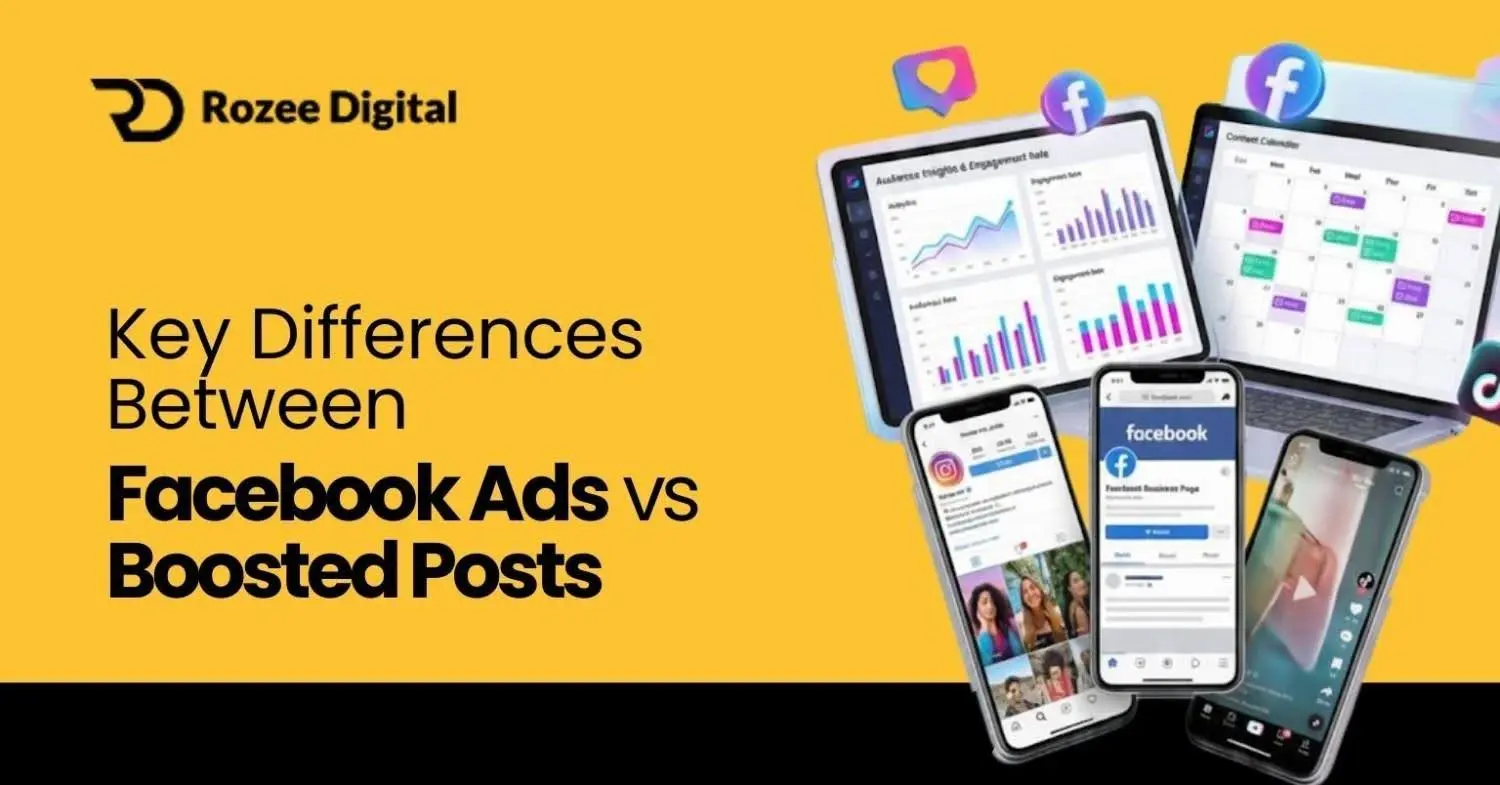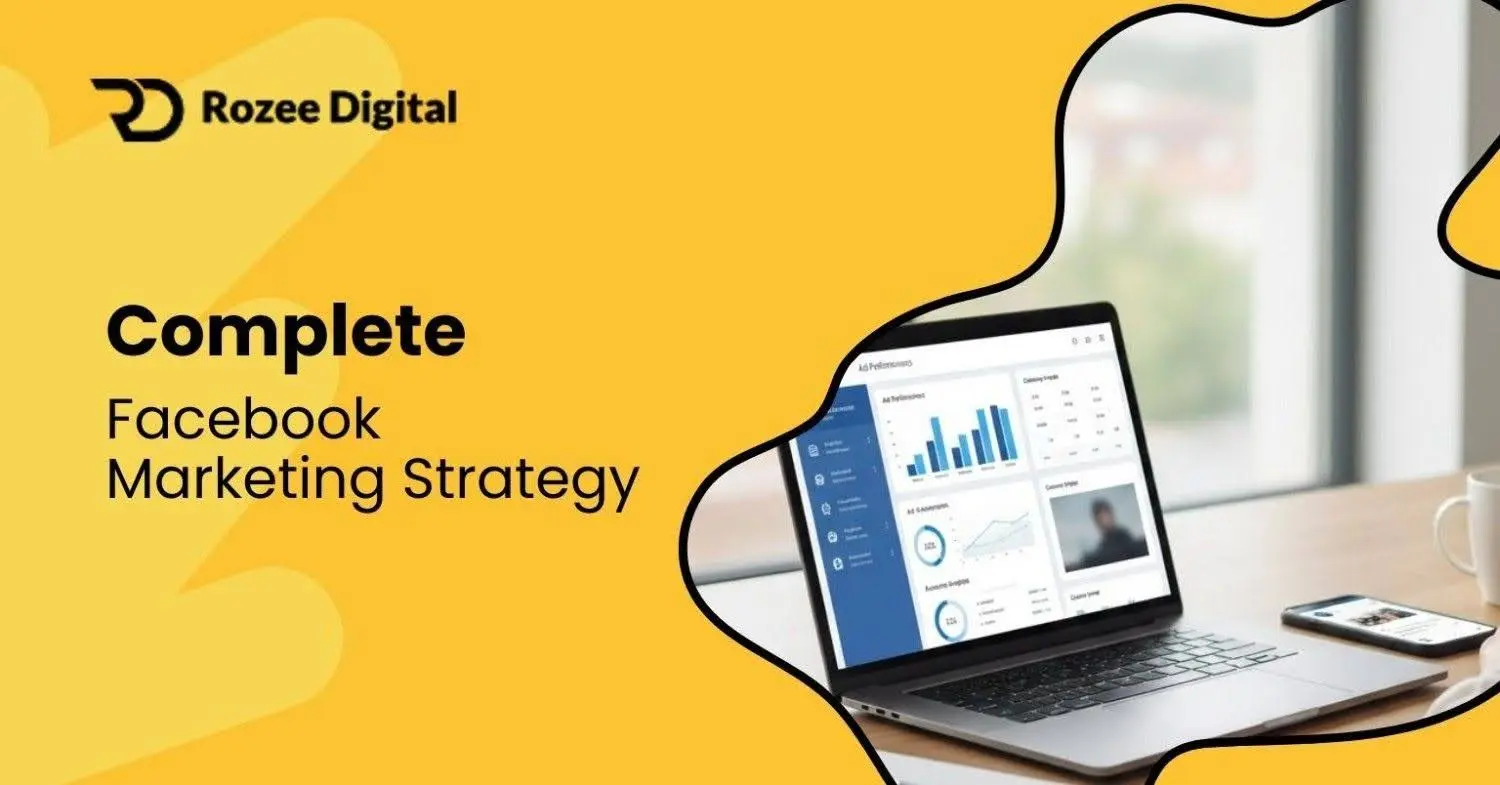
Understanding Pay Per Click Advertising
Pay Per Click (PPC) advertising is a widely used digital marketing strategy that allows businesses to display their ads on various online platforms. In this section, we will explore what Pay Per Click advertising is and the benefits it offers for ecommerce.
What is Pay Per Click Advertising?
Pay Per Click advertising is a form of online advertising where advertisers pay a fee each time their ad is clicked. It is an efficient and measurable way to drive targeted traffic to a website, making it a popular choice for ecommerce businesses.
PPC ads can appear on search engine results pages (SERPs), social media platforms, websites, and other digital channels. Advertisers bid on relevant keywords or target specific audiences to display their ads to potential customers. When someone clicks on the ad, the advertiser is charged a predetermined amount, hence the term “Pay Per Click”.
Popular PPC platforms include Google AdWords, Facebook Ads, YouTube Ads, Bing Ads, Instagram Ads, Twitter Ads, and LinkedIn Ads. Each platform offers unique targeting options and ad formats, allowing businesses to reach their desired audience effectively. To learn more about specific PPC platforms, check out our article on Google AdWords and Facebook Ads.
Benefits of Pay Per Click Advertising for Ecommerce
Pay Per Click advertising offers several benefits for ecommerce businesses:
- Increased Visibility: PPC ads appear prominently on search engine results pages and social media feeds, increasing the visibility of your products or services. This visibility helps drive more traffic to your ecommerce website, ultimately leading to potential sales.
- Targeted Advertising: PPC platforms provide advanced targeting options, allowing you to reach your ideal audience. You can target users based on demographics, interests, location, and even their online behavior. This precision targeting ensures that your ads are shown to the most relevant audience, increasing the chances of attracting potential customers.
- Immediate Results: Unlike organic search engine optimization (SEO) efforts that take time to show results, PPC advertising delivers immediate visibility. Once your PPC campaign is live, your ads can start driving traffic and potential sales almost instantly.
- Cost Control: With PPC advertising, you have control over your budget. You can set daily or monthly spending limits and adjust bids based on the performance of your ads. This flexibility allows you to optimize your budget and ensure that you are investing in the most effective campaigns.
- Measurable Results: PPC platforms provide detailed analytics and reporting, allowing you to track the performance of your campaigns. You can monitor key metrics such as click-through rates (CTR), conversion rates, and return on ad spend (ROAS). This data helps you make informed decisions and optimize your campaigns for better results. For more information on key metrics to track, refer to our article on ad tracking.
By utilizing Pay Per Click advertising, ecommerce businesses can reach their target audience more effectively and drive relevant traffic to their websites. The ability to control costs, measure results, and achieve immediate visibility makes PPC an essential tool for boosting ecommerce performance.
The Power of Audience Targeting
In the world of ecommerce, audience targeting has become an essential strategy for businesses looking to maximize their online advertising efforts. By reaching the right audience with relevant and personalized messages, businesses can significantly boost their pay per click (PPC) advertising performance. Let’s explore the concept of audience targeting and how it works in the ecommerce landscape.
Introduction to Audience Targeting
Audience targeting involves tailoring your advertising campaigns to specific segments of the population that are most likely to be interested in your products or services. Instead of casting a wide net and hoping to attract potential customers, audience targeting allows you to focus your efforts on those who are most likely to convert.
By identifying and understanding your target audience, you can create highly relevant and compelling ads that speak directly to their needs and interests. This not only increases the chances of attracting their attention but also improves the overall effectiveness of your PPC campaigns. With the right audience targeting strategies in place, you can achieve higher click-through rates (CTRs) and better conversion rates, ultimately driving more sales and revenue for your ecommerce business.
How Audience Targeting Works in Ecommerce
Audience targeting in ecommerce involves utilizing various data points and parameters to define and reach your desired audience. Here are a few key components of audience targeting in the context of ecommerce:
- Demographic Targeting: This strategy involves segmenting your audience based on demographic factors such as age, gender, income, and education. By understanding the characteristics of your target audience, you can tailor your ads to resonate with their specific needs and preferences. For more information, check out our article on demographic targeting.
- Geographic Targeting: Geographic targeting allows you to focus your PPC ads on specific locations. This is particularly useful for businesses that operate in specific regions or have a target market in certain geographic areas. By narrowing down your audience based on location, you can ensure that your ads are seen by people who are within your target market. This can be particularly effective for businesses with physical stores or those looking to promote local events or offers.
- Interest-Based Targeting: Interest-based targeting involves reaching audiences based on their interests, hobbies, and online behaviors. By analyzing data such as browsing history, search patterns, and social media interactions, you can identify individuals who are likely to be interested in your products or services. This allows you to create highly personalized and engaging ads that resonate with their specific interests and preferences.
By combining these targeting strategies, businesses can reach their ideal audience with precision and efficiency. It’s important to note that audience targeting is not a one-time effort. It requires ongoing analysis, refinement, and optimization to ensure that your ads are reaching the right people at the right time. For more information on PPC advertising and audience targeting, check out our comprehensive guide on pay per click advertising.
In the next section, we will explore how audience targeting can specifically benefit ecommerce businesses by reaching the right audience, increasing click-through rates, and improving conversion rates.
Boosting Ecommerce Performance with Audience Targeting
To optimize ecommerce performance and maximize the effectiveness of pay per click advertising, audience targeting plays a vital role. By using audience targeting strategies, businesses can reach the right audience, increase click-through rates, and improve conversion rates. Let’s explore these benefits in more detail.
Reaching the Right Audience
Audience targeting allows ecommerce businesses to narrow down their advertising efforts and focus on the specific audience most likely to be interested in their products or services. By defining specific demographic, geographic, and interest-based parameters, businesses can ensure that their ads are shown to individuals who are more likely to engage with them.
For instance, a business selling high-end fashion accessories may choose to target an audience of affluent individuals interested in luxury fashion. By using platforms such as Google AdWords, Facebook Ads, or Instagram Ads, businesses can define their target audience based on factors such as age, gender, income level, location, and interests. This allows them to deliver their ads to individuals who are more likely to have an interest in their products, increasing the effectiveness of their advertising campaigns. For more information on digital advertising platforms, check out our article on digital advertising.
Increasing Click-Through Rates
Audience targeting also helps improve click-through rates, which is the percentage of users who click on an ad after viewing it. By delivering ads to a relevant and interested audience, businesses can increase the likelihood of users clicking on their ads.
For example, suppose a business is running a pay-per-click campaign to promote a new line of fitness equipment. By targeting individuals who have shown an interest in fitness-related topics and have engaged with related content, the business can capture the attention of users who are more likely to be interested in their products. This increases the chances of users clicking on their ads and visiting their website. To learn more about click-through rates and how to optimize them, refer to our article on click-through rate.
Improving Conversion Rates
Ultimately, the goal of ecommerce businesses is to drive conversions, which could be purchases, sign-ups, or any other desired action. Audience targeting plays a crucial role in improving conversion rates by delivering ads to individuals who are more likely to convert.
For instance, a business selling skincare products may target an audience of individuals who have shown an interest in skincare routines and have visited beauty-related websites. By delivering ads to this specific audience, the business increases the chances of capturing the attention of individuals who are actively seeking skincare solutions. This increases the likelihood of these individuals converting into customers.
To further enhance conversion rates, businesses should focus on other aspects such as landing page optimization, ad testing, and ad retargeting. These techniques help create a seamless user experience and provide additional opportunities to engage with potential customers. For more insights into improving ad conversions, visit our article on ad conversions.
By leveraging the power of audience targeting, ecommerce businesses can significantly enhance their pay per click advertising campaigns. Reaching the right audience, increasing click-through rates, and improving conversion rates are key factors in boosting ecommerce performance. By employing effective audience targeting strategies, businesses can maximize the return on their advertising investment and achieve their desired marketing goals.
Effective Audience Targeting Strategies
To optimize the performance of your ecommerce pay-per-click (PPC) campaigns, employing effective audience targeting strategies is crucial. By tailoring your ads to specific demographics, geographic locations, and interests, you can enhance the relevance of your ads and increase the likelihood of conversions.
Demographic Targeting
Demographic targeting allows you to focus your PPC ads on specific groups of people based on characteristics such as age, gender, income, education, and more. By understanding the demographics of your target audience, you can create ads that resonate with their interests and needs.
Here are a few examples of demographic targeting options you can consider:
| Demographic | Targeting Options |
|---|---|
| Age | Young adults (18-24), middle-aged (35-54), seniors (55+) |
| Gender | Male, female |
| Income | Low, medium, high |
| Education | High school, college, graduate degree |
By utilizing demographic targeting, you can tailor your ad messaging and visuals to appeal to specific segments of your audience. For instance, if you sell skincare products targeted towards women, you can create ads that highlight the benefits of your products for different age groups or income levels.
Geographic Targeting
Geographic targeting enables you to narrow down the reach of your PPC ads to specific locations, such as countries, regions, cities, or even postal codes. This is particularly useful if your ecommerce business operates in a specific area or if you want to focus your advertising efforts on regions where your target audience is most concentrated.
Here are a few examples of geographic targeting options you can utilize:
| Geographic Area | Targeting Options |
|---|---|
| Country | United States, United Kingdom, Australia |
| Region | West Coast, Midwest, Southeast |
| City | London, New York City, Sydney |
| Postal Code | 12345, SW1A 1AA |
Geographic targeting allows you to allocate your advertising budget to areas where your products or services are in high demand. It also enables you to create location-specific offers and promotions to appeal to customers in different regions.
Interest-Based Targeting
Interest-based targeting focuses on reaching users who have demonstrated a specific interest or affinity for certain topics, hobbies, or activities. With this targeting strategy, you can align your ads with the interests of your target audience and increase the chances of engagement and conversions.
Here are a few examples of interest-based targeting options you can explore:
| Interest Category | Targeting Options |
|---|---|
| Outdoor activities | Hiking, camping, cycling |
| Beauty and fashion | Makeup, skincare, fashion trends |
| Technology | Gadgets, smartphones, gaming |
| Health and wellness | Fitness, healthy recipes, yoga |
Interest-based targeting allows you to reach a more relevant audience by displaying your ads to individuals who have previously shown an interest in topics related to your products or services. This increases the likelihood of capturing their attention and driving them to convert.
By implementing effective demographic targeting, geographic targeting, and interest-based targeting strategies, you can optimize the performance of your ecommerce PPC campaigns. Remember to analyze the data and metrics provided by your advertising platforms, such as Google AdWords and Facebook Ads, to refine your targeting and improve your ROI.
Measuring the Success of Audience Targeting

To gauge the effectiveness of audience targeting in your pay per click (PPC) advertising campaigns, it’s essential to track key metrics and continuously adjust and refine your targeting strategies. By monitoring these metrics, you can gain valuable insights into the performance of your campaigns and make data-driven decisions to optimize your results.
Key Metrics to Track
When it comes to measuring the success of audience targeting, several key metrics can provide valuable information about the performance of your PPC campaigns. Some of the essential metrics to track include:
- Click-Through Rate (CTR): CTR measures the percentage of people who click on your ads after seeing them. It indicates the level of interest and relevance your ads have for your target audience. Higher CTRs generally indicate that your ads are effectively reaching and resonating with your intended audience.
- Conversion Rate: Conversion rate measures the percentage of users who complete a desired action, such as making a purchase or filling out a form, after clicking on your ads. Tracking conversion rates allows you to evaluate the effectiveness of your audience targeting in driving actual conversions and achieving your campaign goals.
- Cost per Conversion (CPC): CPC represents the average cost you incur for each conversion generated through your PPC campaigns. By tracking CPC, you can determine the efficiency of your audience targeting efforts in relation to the budget allocated for your campaigns. Lower CPCs generally indicate more cost-effective targeting strategies.
- Quality Score: Quality Score is a metric used by platforms like Google AdWords to assess the quality and relevance of your ads, keywords, and landing pages. It takes into account factors such as expected click-through rate, ad relevance, and landing page experience. A higher Quality Score can result in better ad placement and lower costs, indicating that your audience targeting is aligned with user intent.
- Ad Impressions: Ad impressions measure the number of times your ads are shown to users. Monitoring ad impressions can help you understand the reach and visibility of your campaigns. If your audience targeting is effective, you should see a significant number of impressions among your target audience.
- Ad Conversions: Ad conversions track the number of desired actions taken by users after clicking on your ads. This could include purchases, sign-ups, or any other predefined conversion goals. By monitoring ad conversions, you can assess the impact of your audience targeting in driving valuable actions.
Adjusting and Refining Targeting Strategies
Measuring the success of audience targeting also involves continuously adjusting and refining your targeting strategies based on the insights gained from the tracked metrics. Here are a few strategies to consider:
- Ad Testing: Experiment with different ad variations and formats to identify the most effective messaging and visuals for your target audience. A/B testing can help you understand which combinations drive the highest CTRs and conversions.
- Ad Retargeting: Implement retargeting campaigns to engage users who have already shown interest in your products or services. Retargeting allows you to re-engage potential customers and increase the likelihood of conversions.
- Landing Page Optimization: Optimize your landing pages to align with your audience’s interests and expectations. A well-designed and relevant landing page can improve conversion rates and enhance the overall user experience.
- PPC Keyword Research: Continuously conduct keyword research to identify relevant and high-performing keywords to target in your campaigns. This ensures that your ads are shown to users searching for specific terms related to your products or services.
By regularly evaluating the performance of your PPC campaigns using these metrics and refining your targeting strategies accordingly, you can maximize the impact of audience targeting in boosting your ecommerce performance.
Remember, audience targeting is an ongoing process that requires monitoring, analysis, and adaptation. Stay informed about the latest trends and techniques in PPC advertising to stay ahead of the competition and consistently enhance your audience targeting strategies.






